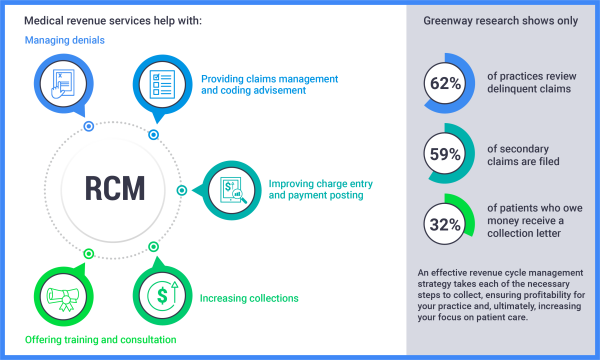

Additional Resources


Greenway Blog
Understanding eligibility: 5 questions answered
Read More


Greenway Blog
Patient collections: Best practices for the front office
Read More


Past Webinar
GRS Lunch & Learn series - An up-close look at eligibility
Read More


Past Webinar
GRS Lunch & Learn series - Optimizing the front office for revenue cycle success
Read More








